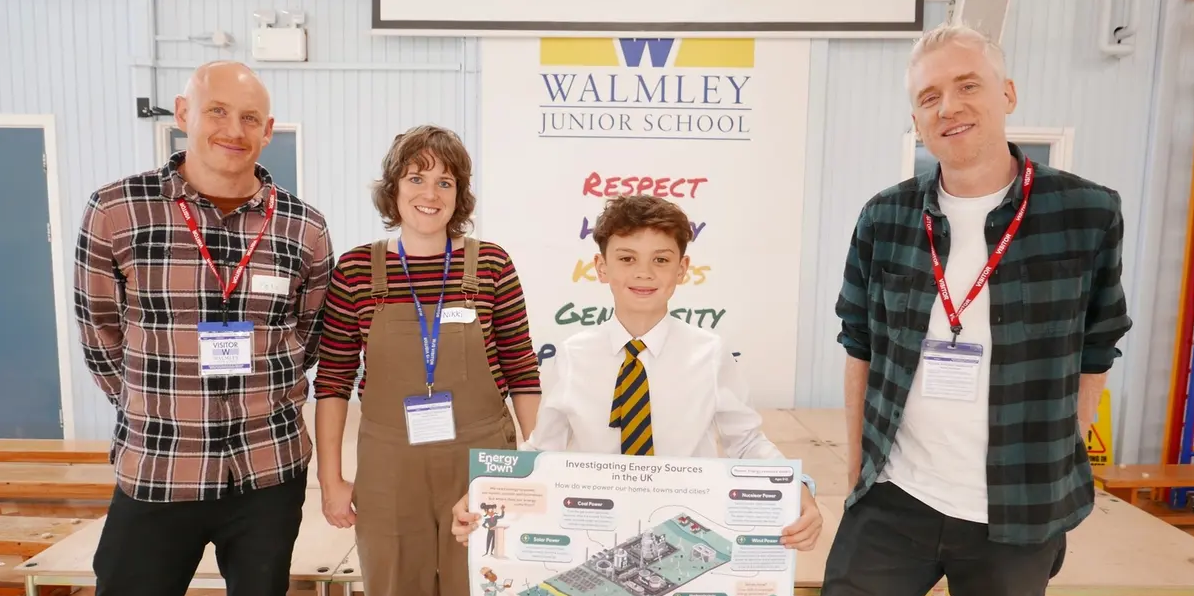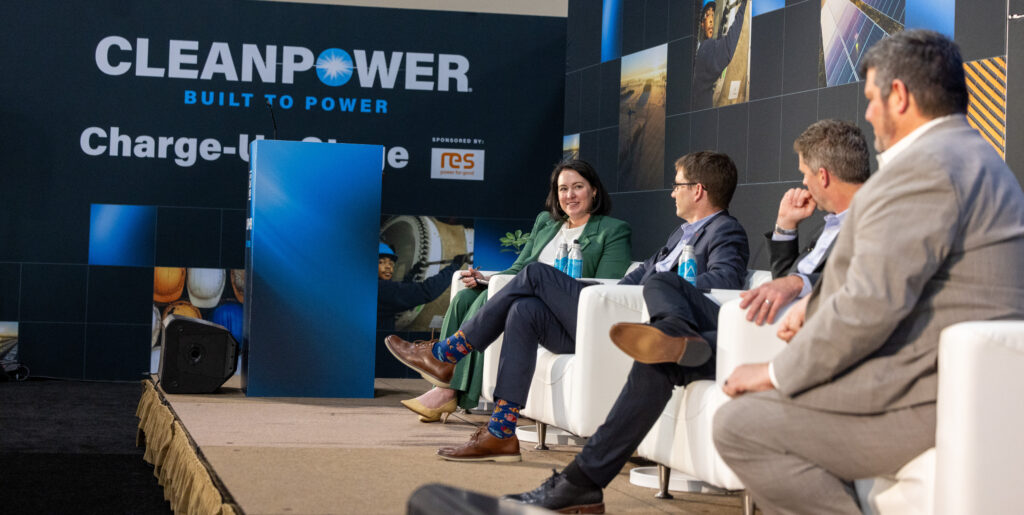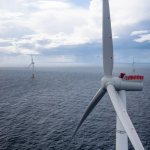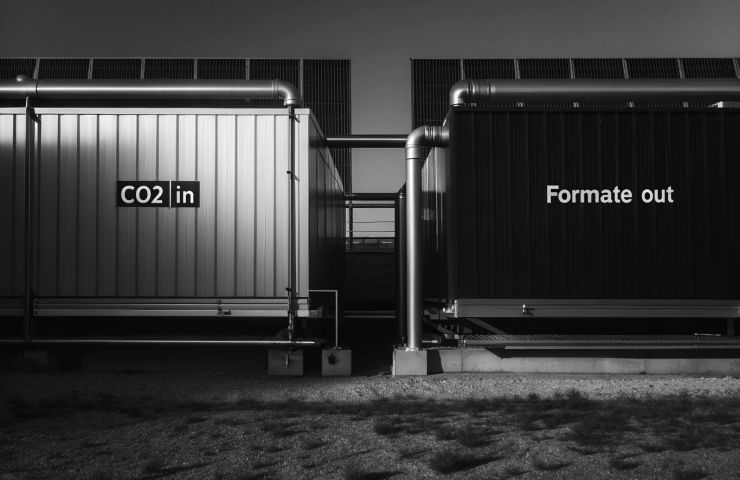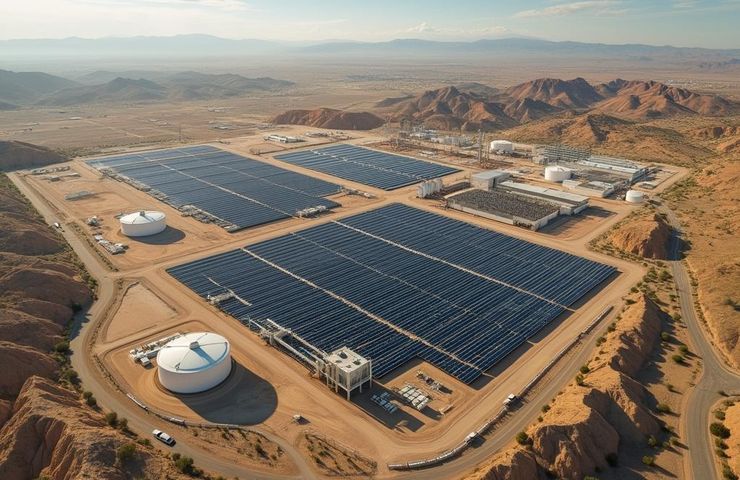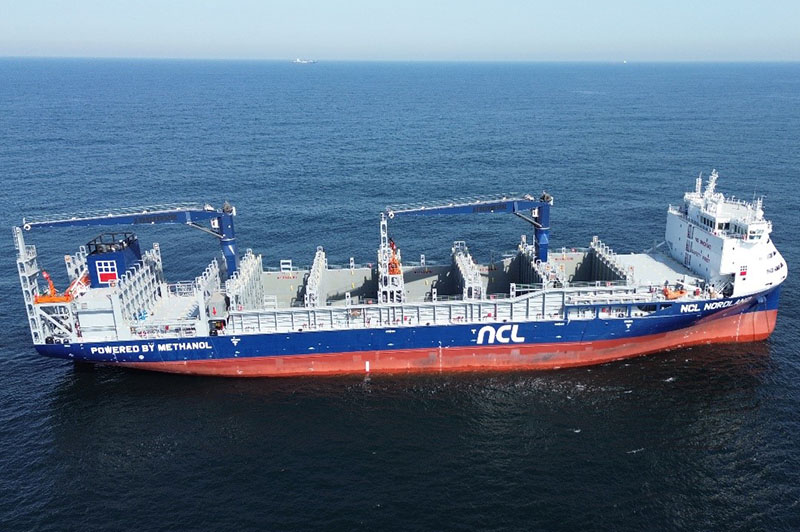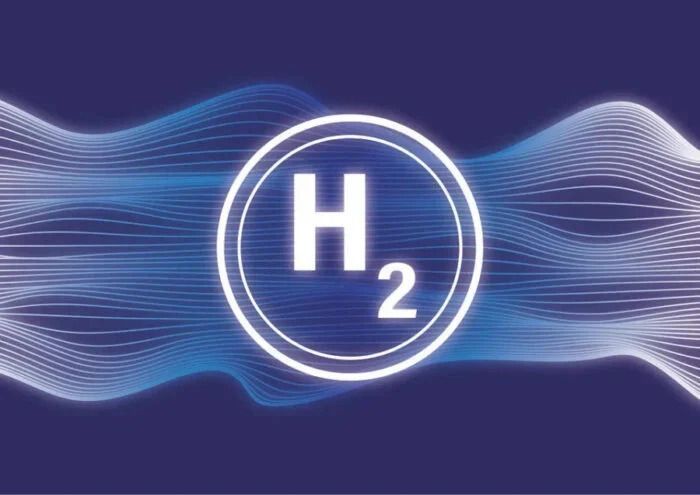New research sheds light on intrinsic limitations of selenium solar cells
Danish researchers have analyzed fundamental material properties of selenium solar cells and have found their potential is higher than generally believed. They used carrier-resolved photo-Hall analysis to address discrepancies and reproduce experimental current-voltage and external quantum efficiency measurements.

Danish researchers have analyzed fundamental material properties of selenium solar cells and have found their potential is higher than generally believed. They used carrier-resolved photo-Hall analysis to address discrepancies and reproduce experimental current-voltage and external quantum efficiency measurements.
A group of scientists from the Technical University of Denmark has conducted a series of simulations to understand the optoelectronic properties and carrier dynamics of selenium solar cells and have found that carrier mobilities in selenium are significantly more promising than commonly thought.
“This time around, we’ve taken a step further in trying to explain where the photovoltaic losses and intrinsic limitations are,” the research's lead author, Rasmus Nielsen, told pv magazine. “In doing so, we’ve employed the recently developed carrier-resolved photo-Hall analysis to understand how both carrier mobilities, lifetimes and densities of both holes and mobilities change as we shine light on the cell absorber.”
The research group used this new technique with a wide variety of different advanced characterization techniques, with one major aim: reproduce experimental current density (JV) and external quantum efficiency (EQE) measurements using device simulations.
“But, for this to be successful, we need to reliably extract information about both charge carriers,” Nielsen stated. “In the end, we were successful, with the results showcasing that the carrier mobilities in selenium are significantly more promising than previously anticipated, suggesting that the intrinsic optoelectronic properties are indeed much better than what previous studies have suggested. This boosts the photovoltaic performance potential of this simple absorber material, which is indeed complicated to fully understand.”
In the study “Variable-temperature and carrier-resolved photo-Hall measurements of high-performance selenium thin-film solar cells,” which was recently published in APS, Nielsen and his colleagues explained that the carrier-resolved photo-Hall technique allows to simultaneously obtain the mobility and concentration of both majority and minority carriers, which is particularly beneficial to optimizing new materials for solar cells or optoelectronics devices.
For its experiment, the research team used a six-terminal Hall bar with an active area of 2 mm × 4 mm and a film thickness of 0.30 µm. The bar was conceived to minimize the influence of voltage drops and improve the accuracy of the Hall voltage measurements. “The selenium Hall bar was fabricated on fused quartz substrates using an in-house process flow optimized for high-performance selenium thin-film solar cells,” it further explained. “The resulting polycrystalline selenium thin film exhibits large crystal grains.”
The analyses demonstrated that carrier properties could be influenced by strong surface localization effects, and that recombination lifetime “appears” to be high. These results were confirmed by a series of simulations conducted with standard electrical characterization techniques on a selenium thin-film solar cell that the scientists built in parallel with the Hall bar.
“Our simulations suggest that the effective carrier lifetime relevant for photovoltaic operation is in the picosecond range, rather than the nanosecond range previously reported, and the bulk carrier mobilities are significantly higher than earlier estimates derived from transient THz spectroscopy,” they emphasized. “We attribute this discrepancy to the 0.5 ns pump-probe delay in the THz experiment, which consequently measures the mobility sum of the already localized, short-lived carriers.”
They added that this discovery implies a high intrinsic photovoltaic performance potential for selenium photoabsorbers and said defect engineering will be needed to reduce nonradiative recombination losses and achieve higher efficiency selenium solar cells.
The same research group presented in December 2022 a 0.30 cm2 selenium solar cell with a world record open-circuit voltage of 0.99 V. A few months later, it showcased a selenium solar cell built with laser-annealing achieving a record fill factor of 63.7%
What's Your Reaction?







